70,000 70,000 | Start date November 1980 | |
15,000 killed and wounded15,000-19,000 captured550 tanks and armoured vehicles destroyed105 tanks and armoured vehicles captured 30,000 killed and wounded Similar Operation Beit ol‑Moqaddas, Iran–Iraq War, Battle of Khorramshahr, Operation Dawn 8, Operation Kheibar | ||
The Liberation of Khorramshahr (Persian: آزادسازی خرمشهر Āzādsāzi-ye Khorramshahr) was the Iranian recapture of the port city of Khorramshahr from the Iraqis after 575 days on 24 May 1982 during the Iran–Iraq War. The Iraqis had captured the city early in the war on 26 October 1980 . The successful retaking of the city was part of Operation Beit ol-Moqaddas (Jerusalem). It is perceived as a turning point in the war and the liberation is celebrated in Iran on its anniversary, 24 May.
Contents
- Liberation of khorramshahr operation of beit ol moghaddas
- The battle
- Aftermath
- In popular media
- References
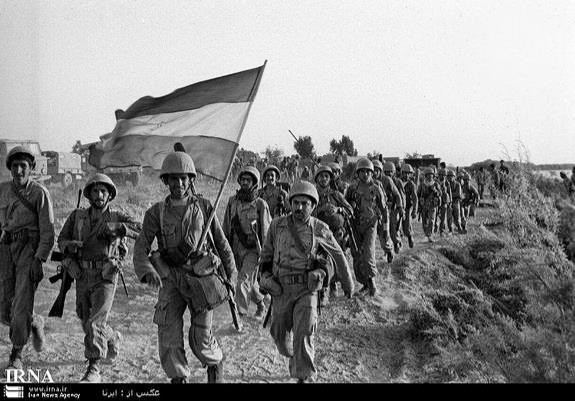
Liberation of khorramshahr operation of beit ol moghaddas
The battle
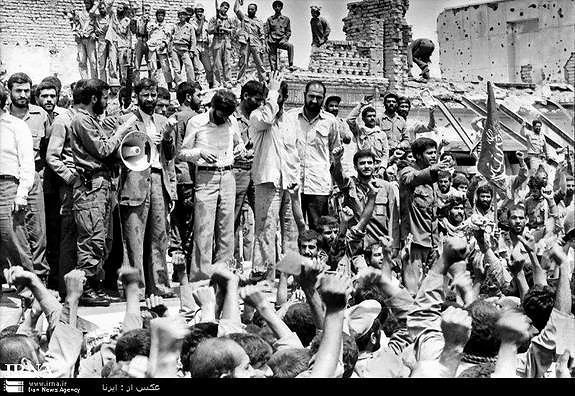
The city remained in Iraqi hands until April 1982, when the Iranians launched Operation Beit ol-Moqaddas to recapture the Khuzestan Province. The first attack (from 24 April to 12 May 1982) utilized approximately 70,000 Iranian army troops and Revolutionary Guards that succeeded in pushing the Iraqi forces out of the Ahvaz-Susangerd area while sustaining heavy casualties. The Iraqis withdrew back to Khorramshahr and, on 20 May, launched a heavy but unsuccessful counterattack against the Iranians who stood their ground no matter the cost. An all-out assault on Khorramshahr was then launched by Iran, which captured two Iraqi defense lines in the Pol-e No and Shalamcheh region. The Iranians gathered around the Shatt al-Arab (known as Arvand Rud in Iran) waterway, surrounded the city and began a second siege. The Iranians finally recaptured the city on 24 May 1982 after two days of bitter fighting and heavy losses.
Aftermath
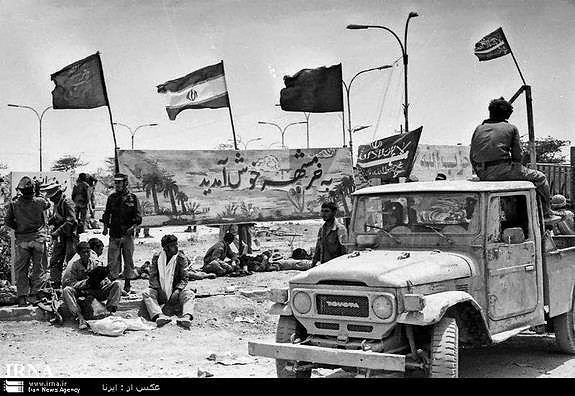
In re-taking the city, the Iranians captured approximately 19,000 soldiers from a demoralized Iraqi Army. On the other hand, Saddam Hussein was shocked and furious by the defeat in Khorramshahr and at the fact that the Iranians had pushed on despite sustaining heavy casualties. The Iranians had even been forced to commit their reserves in order to keep on driving back the Iraqis. Iranians had shown incredible determination and an iron will. Saddam ordered the execution of a number of top Iraqi officers responsible for the defense of the city. After the defeat at Khorramshahr, Saddam Hussein executed several of his top generals, such as the commander of the 9th Division.
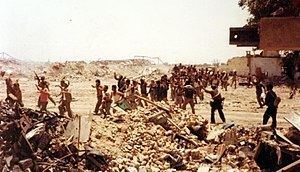
Three days after the liberation of Khorramshahr the calls for ceasefire in the Iran-Iraq war was raised and leaders started to discuss about it.
Iranians celebrate the anniversary of Liberation of Khorramshahr every year.
In popular media
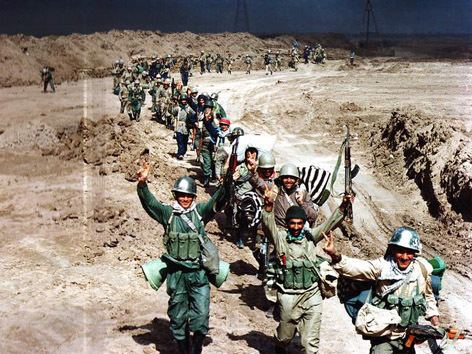
The Liberation of Khorramshahr had been the subject that get the attention of some war time city films such as the pasdaran Army Television Unit’s recatureing Khorramshahr in 1983, Another Growth by Homayun Purmand in 1982, Forty witnesses and the second narrative: liberation of Khorramshahr by Kiumarth Monazzah.
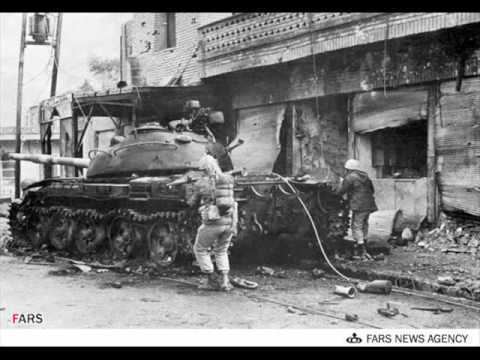
There's a popular sad Persian song, "Mammad Naboodi" (ممد نبودی, meaning "Mammad [colloquial variant of Mohammad], you were not there [to see the city has been liberated]") by Gholam Koveitipoor, which is about Mohammad Jahanara, the Pasdaran commander who was one of the last few Iranians to leave Khorramshahr when it fell to the Iraqis. He would go on to fight in the Siege of Abadan and lead Iranian forces to recapture Khorramshahr, but he died on May 24, 1981 in a plane crash incident, before observing the eventual liberation of the city.
